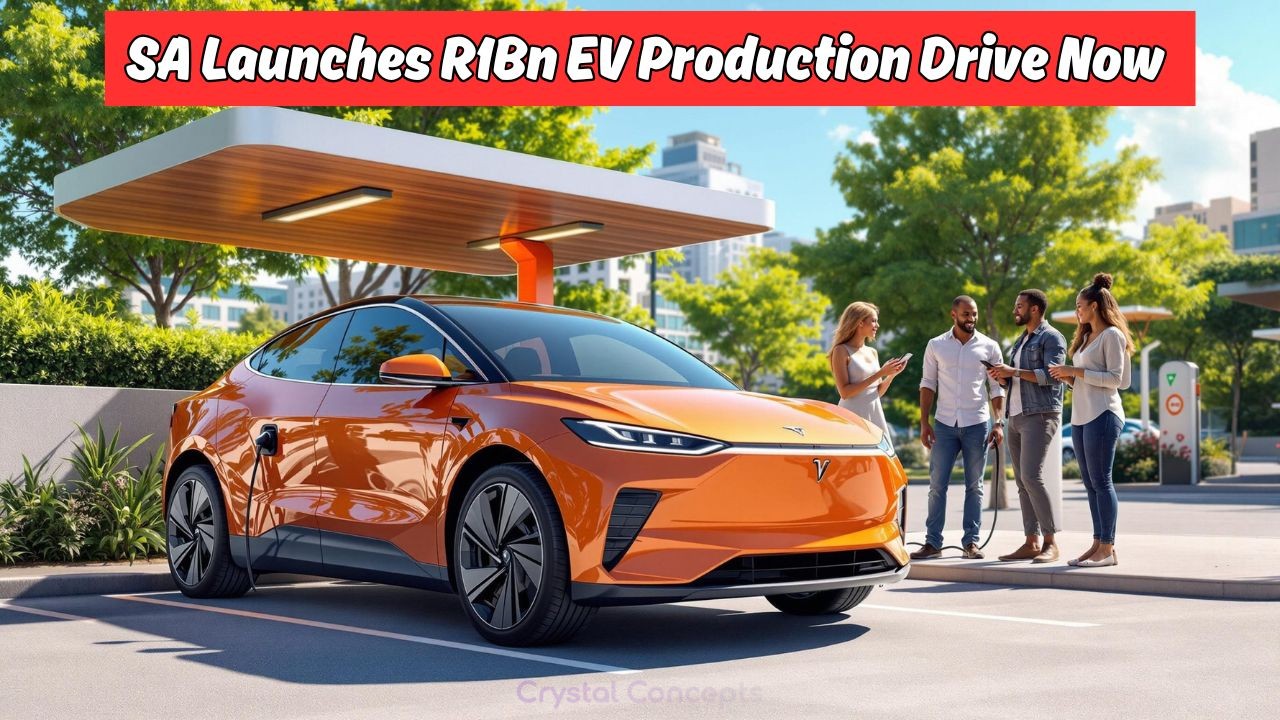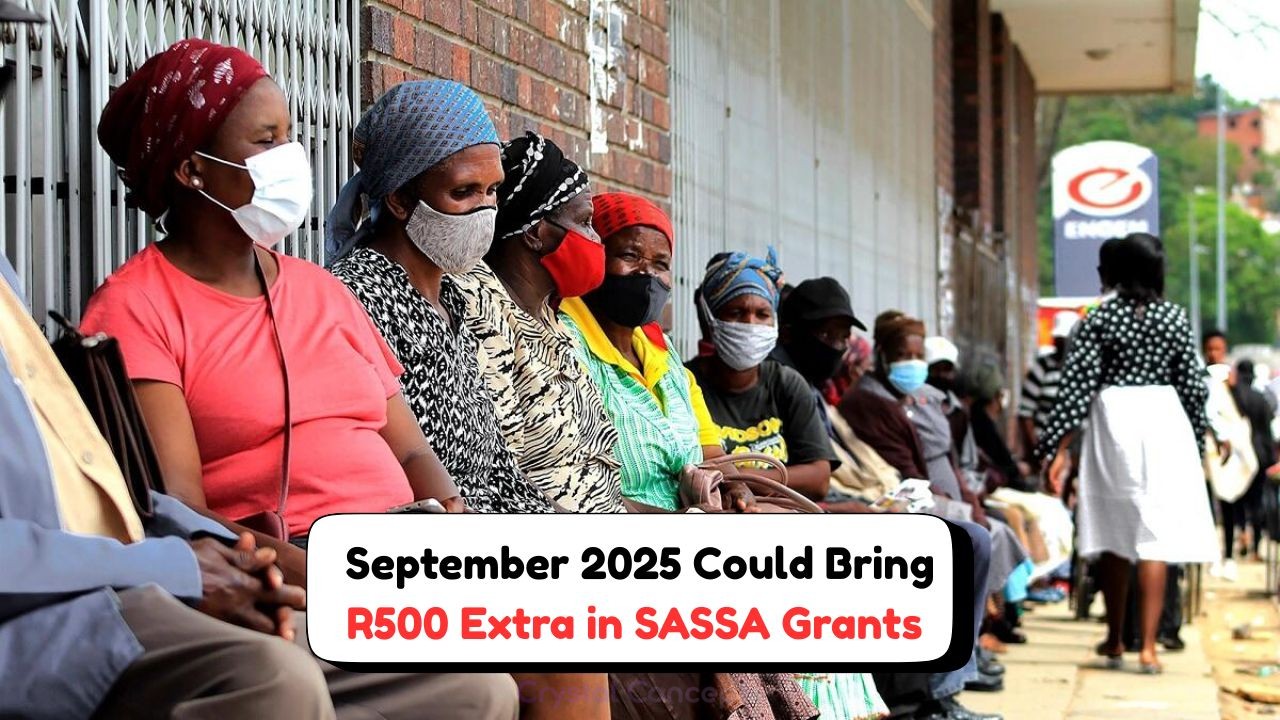R1B Investment Sparks SA’s Electric Revolution, Aiming for Full Transition by 2035: South Africa is on the brink of a transformative shift in its energy sector, thanks to a groundbreaking R1 billion investment aimed at revolutionizing the nation’s electric infrastructure. This ambitious move is set to propel the country toward a full transition to electric power by 2035. With this substantial financial injection, South Africa is poised to accelerate the adoption of renewable energy sources, reduce its reliance on fossil fuels, and pave the way for a more sustainable future. The initiative marks a significant milestone in the country’s journey towards cleaner energy, promising to create a ripple effect across various industries and drive economic growth through job creation and technological advancements.
Understanding the R1B Investment in South Africa’s Electric Future
The R1 billion investment serves as a catalyst for South Africa’s journey towards a sustainable and electrified future. This initiative is not just about funding infrastructure but also about laying the groundwork for a comprehensive energy transformation. The focus is on integrating renewable energy sources, enhancing grid infrastructure, and fostering innovation in energy storage and distribution. The investment is a collaborative effort between government entities, private investors, and international partners, all aimed at achieving a resilient and efficient electric system by 2035.
- Implementation of state-of-the-art technology
- Expansion of renewable energy capacity
- Creation of green jobs in the energy sector
- Reduction of carbon emissions
- Promotion of sustainable energy practices
- Improved energy efficiency across sectors
- Development of smart grid systems
- Fostering public-private partnerships
Key Components of South Africa’s Electric Transition Plan
The transition plan encompasses several key components designed to ensure a seamless shift to electric energy. A significant focus is on expanding the country’s renewable energy capacity, particularly solar and wind energy, which are abundant in South Africa. The plan also emphasizes the importance of energy storage solutions to mitigate the intermittent nature of renewables. Additionally, investments will be directed towards upgrading the national grid infrastructure, incorporating smart technologies to improve efficiency and reliability.
 Discover the Complete SASSA Payment Calendar for August–September: Key Dates & Categories Unveiled!
Discover the Complete SASSA Payment Calendar for August–September: Key Dates & Categories Unveiled!
| Component | Objective | Timeline | Investment | Impact | Partners | Status |
|---|---|---|---|---|---|---|
| Renewable Energy Expansion | Boost capacity | 2023-2030 | R300M | Increased supply | Govt, Private | Ongoing |
| Smart Grid Development | Enhance efficiency | 2024-2032 | R200M | Reduced losses | International | Planning |
| Energy Storage Solutions | Stabilize supply | 2025-2035 | R250M | Smooth supply | Private | Initiated |
| Infrastructure Upgrades | Modernize grid | 2023-2028 | R150M | Reliability | Govt | Started |
| Public Awareness Campaign | Educate citizens | 2023-2030 | R50M | Behavior change | NGOs | Ongoing |
| Job Creation Initiative | Boost employment | 2023-2035 | R50M | Economic growth | Private | Active |
| Policy Reforms | Facilitate transition | 2023-2025 | R50M | Regulatory support | Govt | Drafting |
Impact of the 2035 Electric Transition on South Africa
The anticipated transition by 2035 is set to have far-reaching impacts on South Africa’s socio-economic landscape. By significantly reducing the nation’s carbon footprint, the initiative will not only help combat climate change but also improve public health by reducing air pollution. The move towards electric energy is expected to create a surge of employment opportunities across various sectors, particularly in renewable energy, construction, and technology.
 Starting 5 September: How to Secure Your R450 Monthly Fuel Support with SASSA's New Subsidy Card!
Starting 5 September: How to Secure Your R450 Monthly Fuel Support with SASSA's New Subsidy Card!
The Economic Benefits of South Africa’s Electric Revolution
- Job creation in renewable energy sectors
- Growth in technology and innovation
- Increased foreign investments
- Enhanced energy security and independence
- Long-term cost savings for consumers
Societal Advantages of Shifting to Electric Energy
- Improved air quality and public health
- Access to reliable and sustainable energy
- Reduction in energy poverty
- Empowerment through education and awareness
- Boost in national pride and global standing
Potential Challenges and Solutions in Achieving the 2035 Goal
| Challenge | Solution | Implementation |
|---|---|---|
| High initial costs | Public-private partnerships | Ongoing |
| Technological limitations | R&D investments | Underway |
| Regulatory hurdles | Policy reforms | In progress |
| Public resistance | Awareness campaigns | Active |
| Infrastructure gaps | Strategic upgrades | Planned |
| Environmental concerns | Sustainable practices | Implemented |
South Africa’s Electric Revolution: A Path to Sustainability
As South Africa embarks on this ambitious journey, the electric revolution is not just about the transition to cleaner energy; it represents a holistic approach to sustainable development. This path to sustainability involves rethinking traditional energy consumption patterns, encouraging innovation, and building a resilient economy that can withstand future challenges. The emphasis on sustainability is reflected in the nation’s commitment to international climate agreements and its proactive measures to address environmental issues.
- Commitment to the Paris Agreement
- Investment in community energy projects
- Support for local green entrepreneurs
- Promotion of electric vehicles
Key Milestones in South Africa’s Electric Transition
As South Africa progresses towards its 2035 goal, several key milestones will mark its journey. These include reaching specific renewable energy capacity targets, achieving grid modernization, and expanding electric vehicle infrastructure. Each milestone represents a step closer to securing a sustainable and electrified future for the nation.
- 2023: Launch of major renewable projects
- 2025: Completion of initial infrastructure upgrades
- 2028: Introduction of smart grid technologies
- 2030: Significant reduction in fossil fuel dependency
FAQs on South Africa’s Electric Transition
- What is the goal of South Africa’s electric transition by 2035? The goal is to achieve a full transition to electric energy, significantly reducing reliance on fossil fuels and enhancing renewable energy infrastructure.
- How will the R1B investment be utilized? The investment will be directed towards expanding renewable energy capacity, upgrading grid infrastructure, and fostering technological innovation.
- What are the expected benefits of this transition? Benefits include job creation, reduced carbon emissions, improved public health, and enhanced energy security.
- What challenges might South Africa face in this transition? Challenges include high initial costs, technological limitations, and regulatory hurdles, which will be addressed through strategic partnerships and policy reforms.
- How can the public participate in this transition? The public can engage through education, supporting renewable initiatives, and adopting sustainable energy practices.
Future Prospects for South Africa’s Electric Revolution
| Year | Prospect | Outcome | Impact |
|---|---|---|---|
| 2023 | Initial projects launch | Increased renewable output | Positive |
| 2025 | Infrastructure upgrades completed | Enhanced grid reliability | Significant |
| 2030 | Major reduction in fossil fuel use | Lower emissions | Substantial |
| 2035 | Full transition achieved | Sustainable energy system | Transformational |
Long-term Vision for South Africa’s Energy Sector
South Africa’s electric revolution aims to not only transform its energy sector but also establish the nation as a leader in sustainable practices and innovation. By 2035, South Africa envisions a future where clean energy is accessible to all, driving economic prosperity and environmental stewardship.
With a focus on collaboration and community engagement, South Africa is setting the stage for a brighter, greener future.
As the nation strides confidently towards its 2035 goal, the electric revolution promises to be a beacon of hope and progress for generations to come.
The journey ahead is filled with promise and potential, as South Africa embraces its role as a pioneer in the global energy transition.
There is a collective call to action for all stakeholders to contribute to this transformative journey, ensuring a sustainable legacy for future generations.







